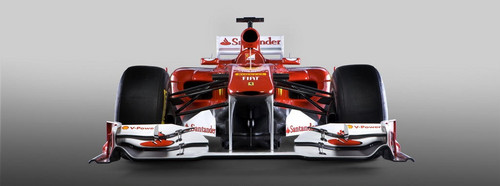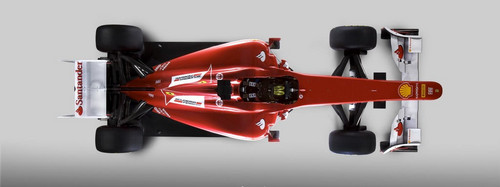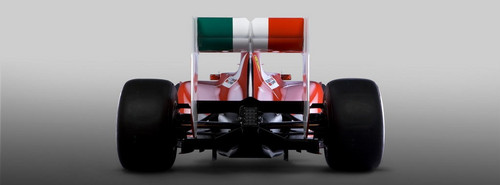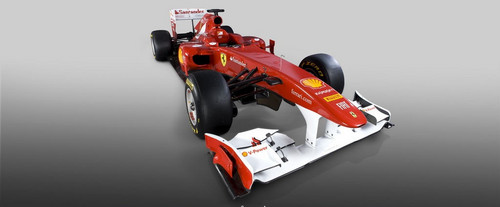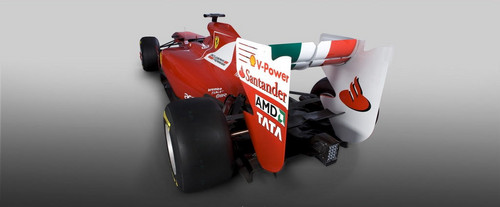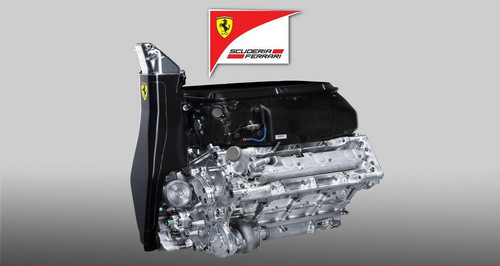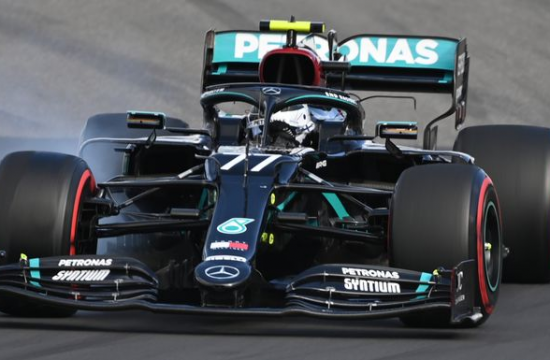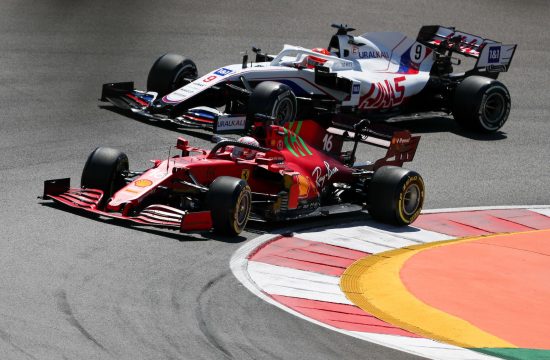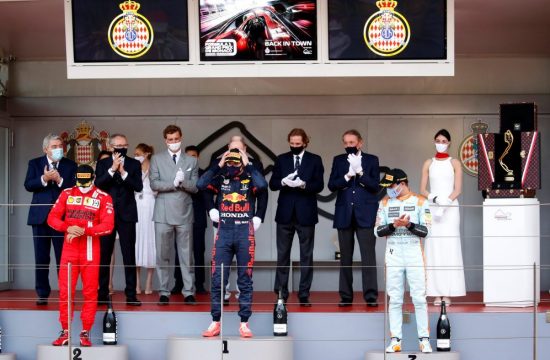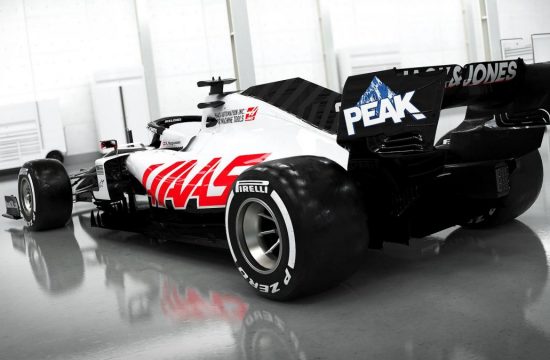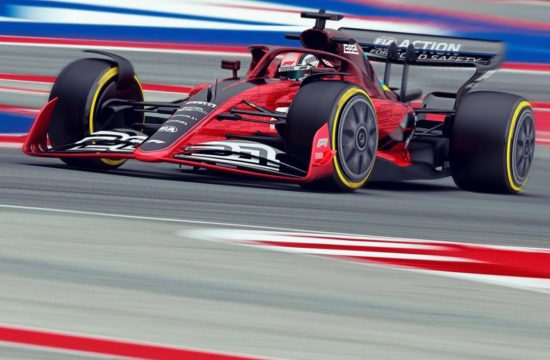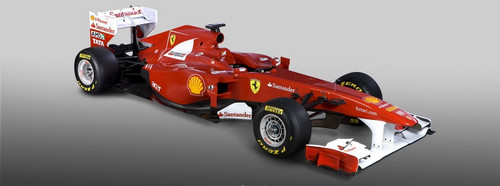
The 2011 Ferrari F1 car is named F150, celebrating the one hundred and fiftieth anniversary of the Unification of Italy, which is why it’s sporting an Italian flag on the rear wing. The F150 is the 57th Ferrari single-seater race car and it features lots of aerodynamic tweaks some of which enforced by 2011 regulations.
For instance the the double diffuser and the blown rear wing as well as apertures in the front part of the floor are banned in 2011, but the cars will use hydraulically controlled adjustable rear wing. This seasons they allowing KERS again and raise the car’s minimum weight. Also significant are changes dictated by the introduction of stricter safety requirements in terms of crash-tests, cockpit area protection and wheel-retaining cables for use in accidents.
If you compare the design of the F150 to the 2010 car, you’ll notice the openings for the side air intakes are reduced in size, while the layout of the dynamic one above the driver’s head has been modified. What’s more rear suspension features a new design, and so id the front set due to the changes to the front part of the chassis.
Since as F1 doesn’t allow any further performance development, Ferrari engineers has been working on the current engine improving its reliability, working especially on the pneumatic front, as well as on reducing costs. The reintroduction of KERS has led to a substantial change in the architecture of the front end of the engine, with modifications to the drive shaft system of the KERS itself and the crankshaft and this has led to changes to the cooling and lubrication systems.
For the early stages of testing, the decision was taken to concentrate on development aspects linked to the mechanical components and on developing an understanding of the Pirelli tyres, while continuing to push on the development of aerodynamic performance in the wind tunnel. Indeed, the tyres will be another significant new element this season: after a thirteen year relationship with Bridgestone, this year it is Pirelli who take up the baton as sole supplier to Formula 1 for the next three years and thus provide the tyres for the cars from Maranello. Given that the teams have so far only managed two days of testing with the new tyres back in November, clearly the fifteen days of testing prior to the start of the season will be very important when it comes to adapting the handling of the car to the tyres.
The kinetic energy recovery system, designed by Ferrari, has been produced in conjunction with MTS and Magneti Marelli and was fine tuned based on experience acquired in 2009, with the aim of reducing its size and weight, while maintaining, in accordance with the regulations, the maximum useable power and its useage cycle over one lap. This is another area where great attention has been paid to cost reduction, both in terms of its development and the way it is run, so asto make the system equally viable for our customer teams, Sauber and Toro Rosso. The positioning of the KERS within the fuel cell was a further impetus to look at solutions aimed at reducing fuel consumption:in this area, the contribution from a key partner in the form of Shell was vital and will continue to be so throughout the season.

